‘Her baby was fine, but her back was broken’: Brisbane paramedic recalls horrific accident scene
In his first days on the job Brisbane paramedic Leigh Anderson experienced more trauma than many will see in a lifetime. Here, he recounts the scene of a devastating car accident involving six patients, including three kids. WARNING: GRAPHIC

News
Don't miss out on the headlines from News. Followed categories will be added to My News.
I was a 21-year-old paramedic student when I found myself driving at 135km/h down a country road to my first major car crash. We were told over the radio that we would be the first crew to arrive on the scene; backup was at least 30 minutes away.
There would be six patients: three were children, two were unconscious and one deceased. I was frightened of what I would encounter.
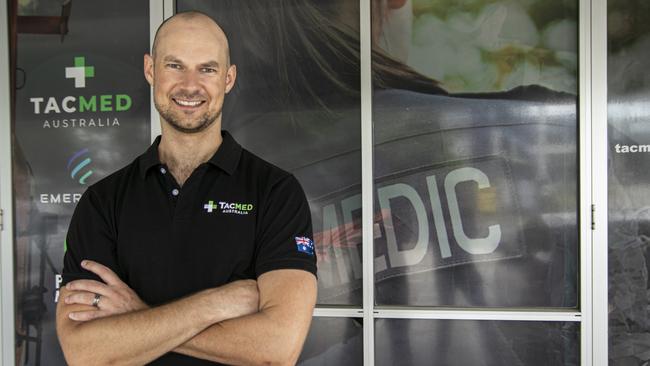
I envisaged great suffering. I could feel the adrenaline pumping through my veins. My heart was racing; I felt like it was about to beat out of my chest. Images ran through my mind of what I would see – body parts scattered across the road, people crushed, blood and pain.
I looked to my left to find my mentor, an experienced paramedic, sitting calmly. She seemed to be in complete control and told me what to do when we arrived. She didn’t seem nervous or worried.
On the other hand, I, as a novice, was apprehensive. The images that flooded through my mind worsened my fear. I began to doubt myself and my ability.
Did I choose the right profession? Would I be able to cope with the pressure and the trauma mentally? Would I end up with post-traumatic stress disorder (PTSD)? What if I couldn’t help someone and they died?
I had read the textbooks and done all the studying, but that was in a controlled environment. In my studies, we had airconditioning and lighting; now we were out in the rain and wind. We had professors guiding us and the safety of knowing that if we made a mistake, the plastic manikin would not call their lawyer. We weren’t surrounded by distressed family members or bystanders.
This crash was going to be the real thing.
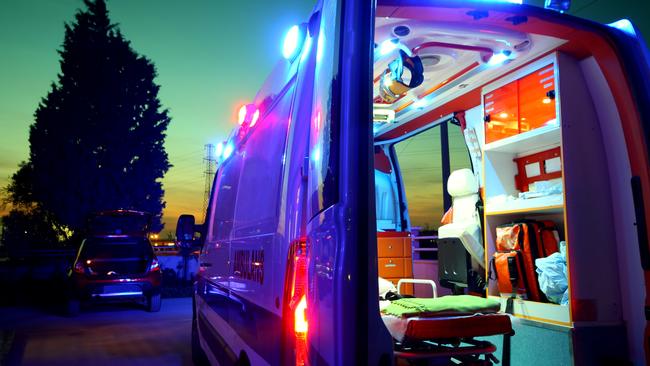
I distinctly remember wondering how my mentor was so relaxed as we travelled quickly towards the scene. How could she just sit there and talk about whether she put her lunch in the fridge or left it out on the table? What does it take to be like that?
After this incident, I would no longer feel like a rookie. I had my first true encounter with suffering.
Arriving on scene, we saw the carnage of the crashed vehicles ahead. I tried to take in as much as possible but it was hard not to become fixated on the two year old having a seizure on the side of the road, with a clear injury to the head after being ejected from the vehicle.
There was rubbish everywhere – broken appliances, clothes, boxes. The people in one of the vehicles were moving house and the car was loaded to the brim.
Frantic bystanders were on the scene, and as soon as we stopped, they rushed to us. I was thrown into the commotion of people yelling and pointing in all directions at once. The heat was in my face and the rush in my veins as we scrambled to the nearest patient.
A baby was crying, her voice small and wounded. We scrambled in the direction of the sound, my body cramping as we searched. The crying was coming from under a smashed television. Seconds crawled under my skin as I lifted up the TV, ghastly images flashing in my head. Miraculously the baby was fine after being ejected from the child restraint, apart from some superficial cuts and bruises. I couldn’t believe it.
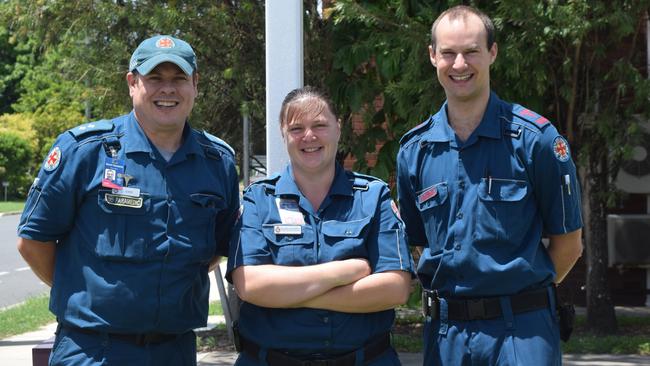
A married elderly couple was sitting in the front of another vehicle down an embankment 100m away.
As I approached the vehicle, I could see that one of the patients wasn’t moving. He was obviously deceased, crushed inside the vehicle. His partner was alive though.
She had minor fractures to her arm but she was trapped inside the vehicle. She was going to have to sit next to her husband until the fire service could cut her out.
My mentor wanted me with a woman who was hanging out from the door in her upside-down car, and I alone was to treat her. Doubt crept in even before the work began. The woman was conscious, mumbling but in severe pain.
After my assessment of her, I realised her back was most likely broken. The implications ran through my head in a long list. How severe was it? I looked at the angle by which she hung, and my mind came up with nothing.
My heart froze. This wasn’t the time to be empty. I could screw up and make things worse for her. “My baby,” she mumbled. She was the mother of the crying girl. A quake started in my hands. Someone kept whispering in the back of my mind that I was going to mess up everything. What do I even know? I’m just a student.
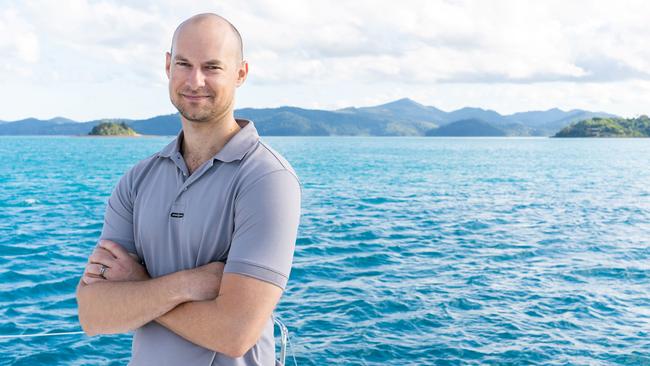
Her baby was fine, but her back was broken and she couldn’t move. I started with calm responses but even my voice wavered as I took her vital signs. I offered hope with my words as I remained with her. We were together for more than an hour before she was extricated from the vehicle.
Two helicopters had landed on site; I remember having a moment of realisation, understanding how severe my first major trauma was.
A Witness to suffering
Life constantly puts obstacles in our path. If we want to flourish under stress then we must face these obstacles. We constantly seek comfort but simultaneously want to achieve great things.
Comfort isn’t a good enough goal to wade through the pools of pain. If we don’t choose to face the suffering we will suffer in any case – not physically but psychologically, as we feel aimless and lack purpose.
The ultimate role of a paramedic is to reduce pain and suffering. Every person who calls for an ambulance calls because they are in distress and are desperately searching for someone to take it away. It doesn’t matter whether it’s physical or emotional, it’s all suffering.
After responding to thousands of calls, I understood that I was becoming a witness to suffering and I had to learn to bear it.
Through this exposure, I realised that suffering is the most certain thing in life. Tragedy strikes us all. It happens to the righteous and evil, from innocent children to criminals. It’s unavoidable.
I have seen people die in all manner of ways, from cancer to murder, drugs and suicide. Life is clearly difficult. There would be no need for the existence of a paramedic if that wasn’t true.
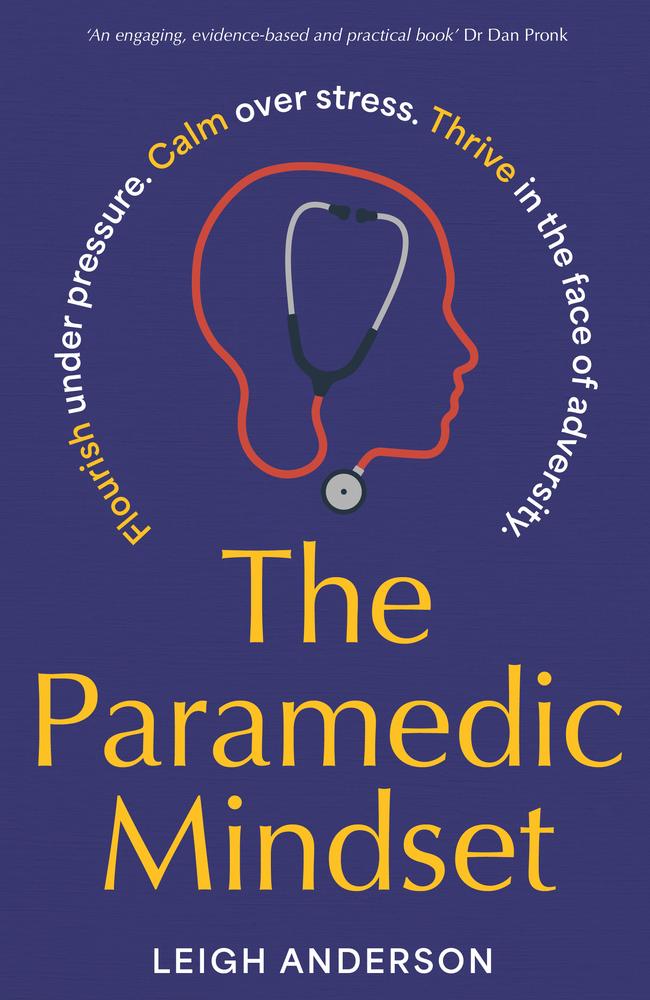
A paramedic voluntarily signs up for the profession – it’s an opt-in career. If you choose to do it, then you are accepting all of what it brings. This applies to any choice. If you want to be a great painter or a great athlete, then you accept the pain that is required to become great. You acknowledge the risk and happily take on the consequences of the role.
For me, it was accepting the night shifts, abuse, trauma, responsibility and stress. If you don’t think the suffering is worth it, then perhaps you need to change your goals.
More Coverage
Originally published as ‘Her baby was fine, but her back was broken’: Brisbane paramedic recalls horrific accident scene




